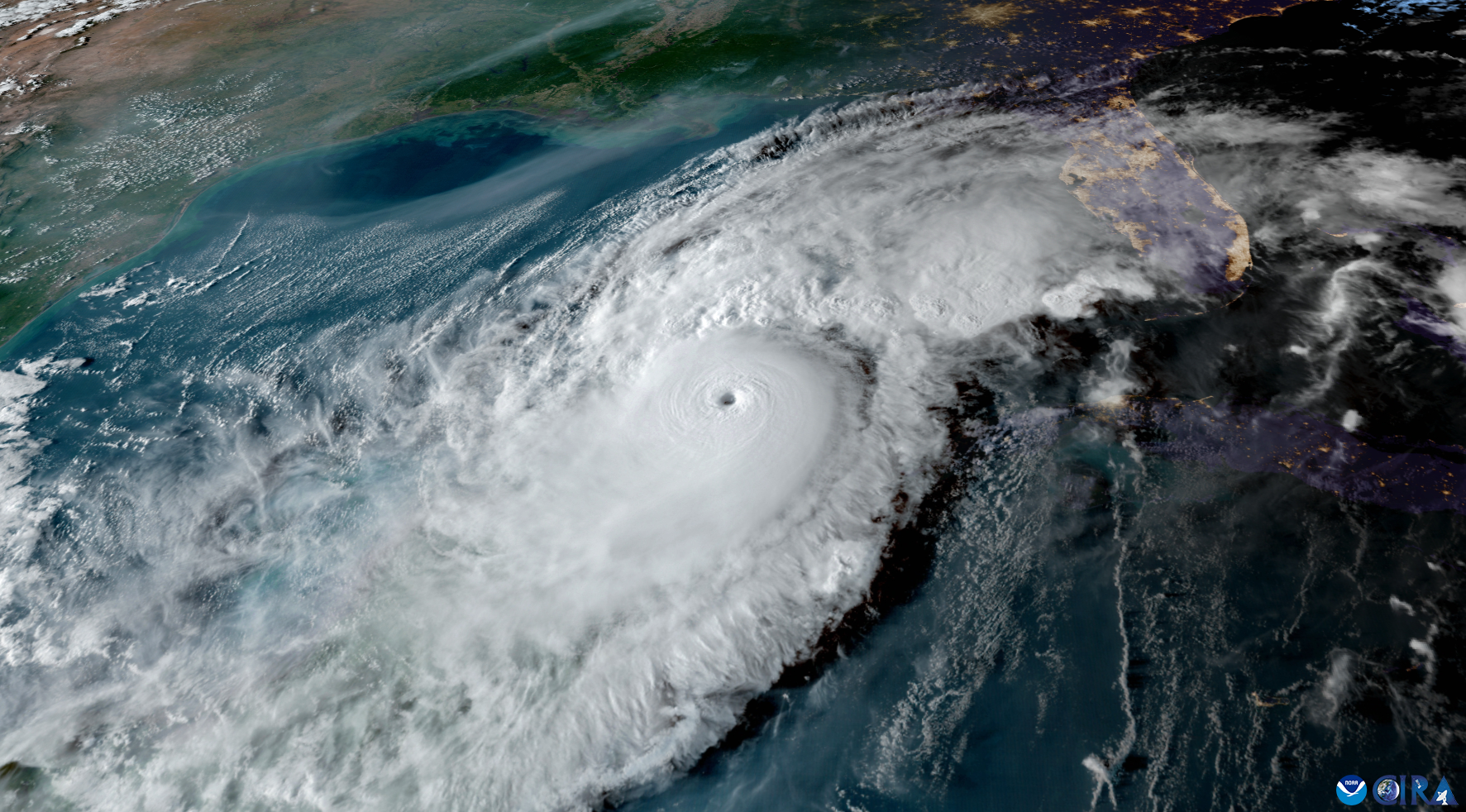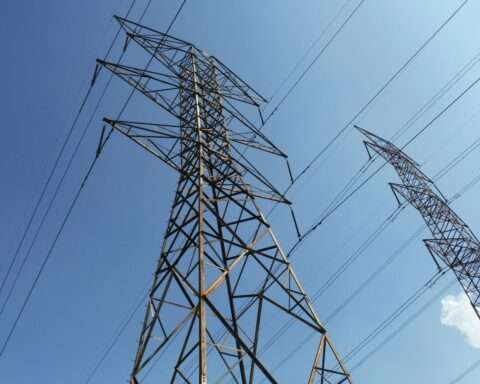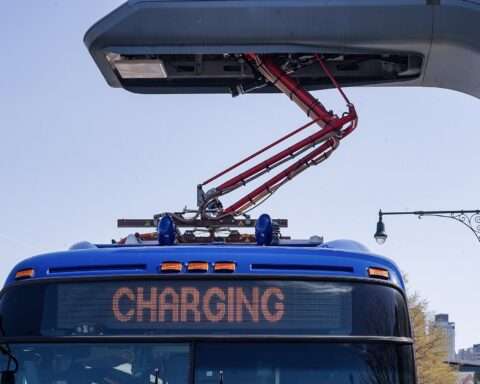The U.S. Department of Energy is announcing $600 million in funding to bolster utility resilience in communities that have been affected by Hurricanes Helene and Milton. The funding will support these communities in their rebuilding efforts and harden electrical infrastructure across several regions of the U.S.
Funding will go to projects that applied for federal support through the Grid Resilience and Innovation Partnerships (GRIP) Program. The $10.5 billion program offers funding opportunities for entities to enhance grid flexibility and power system resilience in light of extreme weather events and climate change’s growing threat. Allocated funding under the Bipartisan Infrastructure Law of 2021, the DOE will oversee the GRIP investment.
RELATED: FEMA allocates $3.2 billion for U.S Virgin Islands hurricane disaster relief
The federal funding will improve local power companies’ disaster preparation and response to extreme weather events through the facilitation of advanced conductors and controls at key junctures of the region’s electrical grid. Additionally, the GRIP funding will support the deployment of self-healing devices—technology that can automatically detect outages and reroute electricity—to help minimize power outages and ensure more efficient dispatching and operation of field teams during weather-related disasters and emergencies.
Key components of this initiative include upgrading transmission lines to accommodate projected load growth and improving local distribution facilities and substations. This round of funding will also support the integration of renewable energy resources into the existing grid, furthering the DOE’s goal to achieve a zero-emission energy economy by 2050.
One of the highest-funded projects in this round of GRIP funding will be led by the Tennessee Valley Authority (TVA). Spanning eight states, the project will receive up to $250 million to embark on a series of community-centric subprojects that will renovate local distribution systems, build or harden electrical infrastructure, manage vegetation and foliage and install advanced conductors and accompanying controllers.
TVA will also partner with several regional and local utilities to add over 2,400 megawatts of transmission grid capacity.
Another project, led by the Georgia Power Company (GPC), will be allocated up to $160 million for electric grid enhancement in Georgia. The project will deploy dynamic line rating technologies and reconductoring efforts to meet increasing energy needs. GPC will also support solar energy initiatives through the project, delivering the benefits of renewable energy sources to disadvantaged communities.
Some additional projects receiving funding in this round include:
- Georgia Transmission Corporation, Georgia, Arkansas, Arizona, Kentucky, Maine, Minnesota, North Carolina, Nebraska, New Mexico, South Dakota and Wisconsin – Up to $97 million to build, rebuild or reconductor transmission infrastructure. The project represents a consortium of 12 not-for-profit rural utilities and will be developed in collaboration with the National Rural Electric Cooperative Association.
- Gainesville Regional Utilities, Florida – Up to $47 million to install substation transformers, aging oil circuit breaker replacements, self-healing network reclosers with controllers and communication systems, an advanced distribution management system, ductile iron transmission poles, solar interconnection transmitters, distribution lines and a new substation. The project aims to improve resilience, intelligence and innovation of the state’s electrical grid.
- Randolph Electric Membership Corporation (REMC), North Carolina – Up to $11.4 million to deploy grid system upgrades, including service reliability and REMC system improvements, targeted grid modernization and power outage duration reduction. This project additionally supports replacing 24 aging circuit ties along 50 miles and implementing advanced predictive maintenance and fault location devices.
All projects awarded funding under this round of the GRIP program will be responsible for a cost share in some capacity, mostly around 50% of the project’s total cost. The DOE will commit their federal share of GRIP funding to supplement projects’ costs and operational expenses.
A full list of all GRIP award recipients, including cost share requirements, program resources and projects’ details, can be found on the DOE’s Grid Resilience and Innovation Partnerships Program Projects webpage.
Photo courtesy NOAA, Public domain














